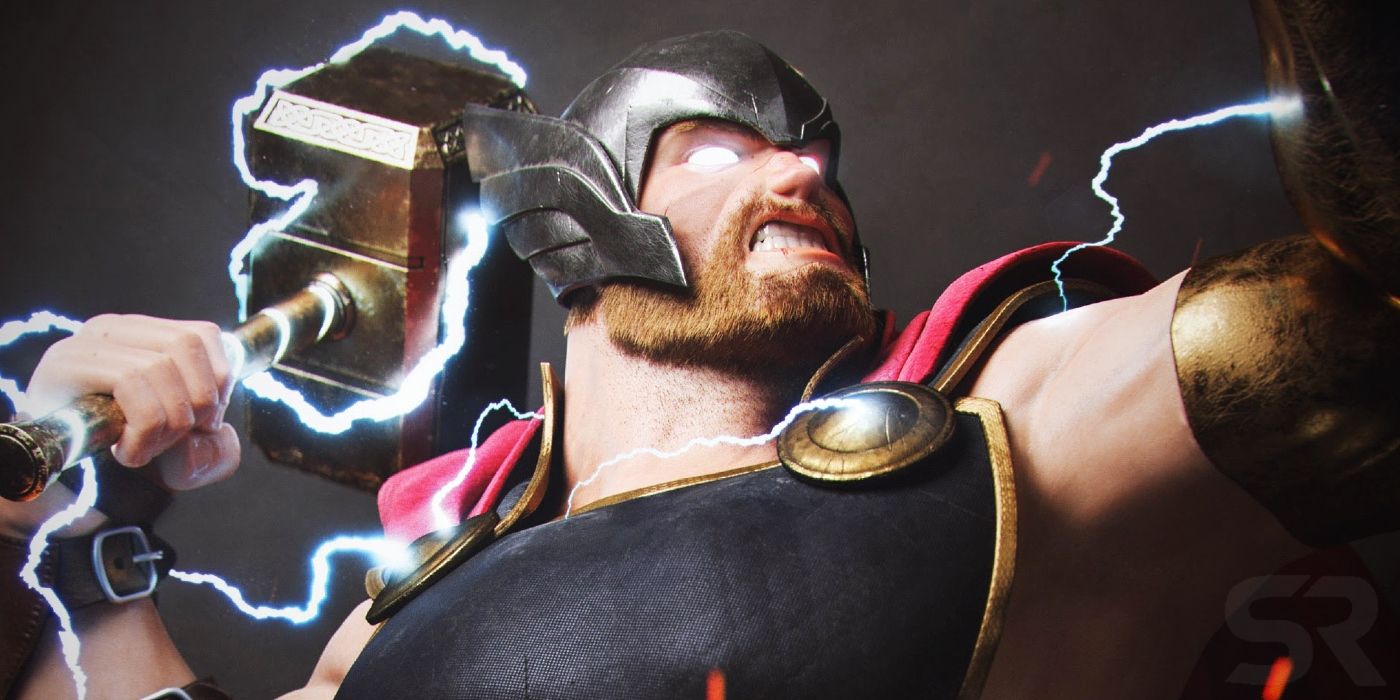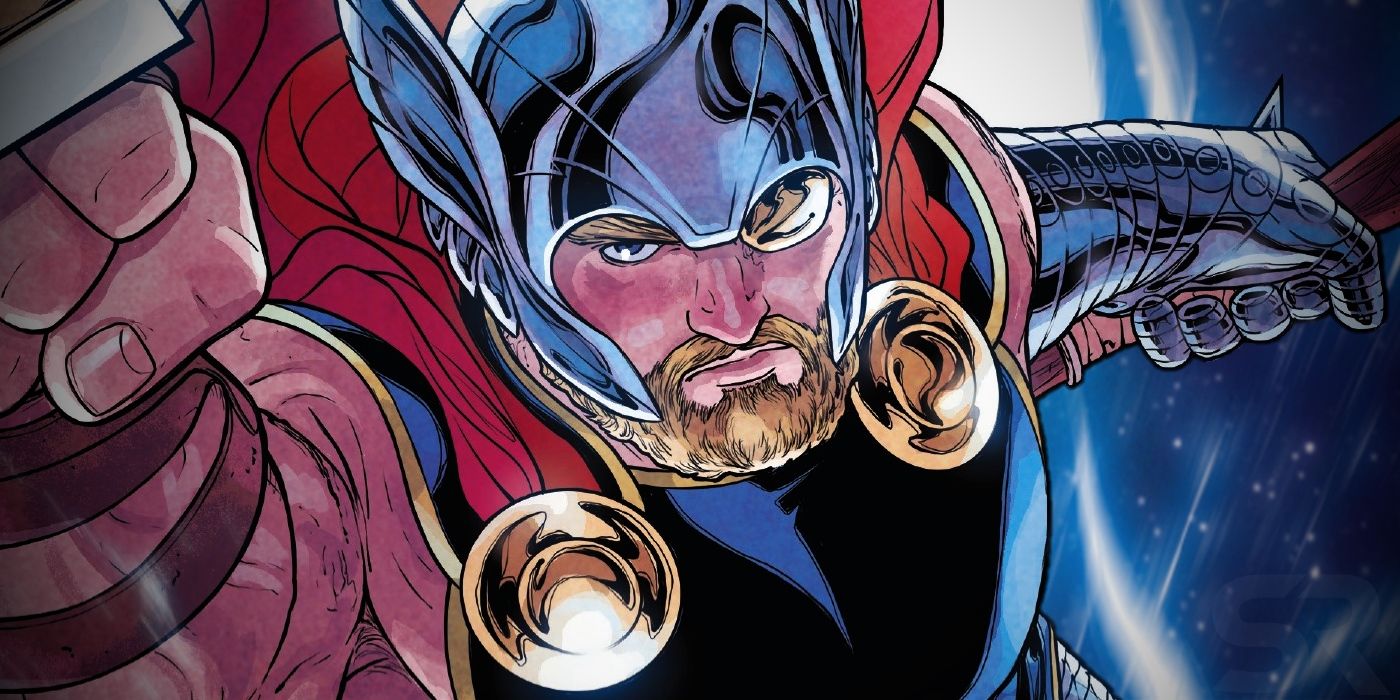When Stan Lee co-created Marvel's version of Thor with Jack Kirby in 1963, he was particularly proud of the way he explained how Thor could fly using his enchanted hammer Mjolnir. Unlike Superman, who could fly just by raising his arms, Lee decided that Thor needed to spin his hammer incredibly fast and hurl it into the air--allowing him to be pulled into flight via an unbreakable strap attached to Mjolnir’s handle.
The mechanics of Thor’s flying powers were established when he first appeared in Journey Into Mystery #83, as the God of Thunder describes how he is pulled along by his enchanted hammer "like the tail of a rocket!" Yet in a later Thor story also drawn by Kirby, Thor is shown soaring through outer space without Mjolnir (and his arms outstretched in a very Superman-like pose). So what's the deal: can the Asgardian Odinson fly through space like the rest of Marvel's cosmic heroes, or is his flight just a clever trick using the hammer he can throw and catch?
The question gets compounded by later artists, including Oscar Jimenez in Contests of Champions II, who also drew Thor floating in mid-air without his hammer (and no visible means of support). But acclaimed comic book writers like Walter Simonson and Jason Aaron have had characters call out the fact that Thor requires Mjolnir to fly.
Outside of comics, Mjolnir’s abilities have been analyzed in great detail by physicists and other scientists looking for explanations beyond simple 'magic.' Physics professor James Kakalios, author of The Physics of Superheroes suggests Thor’s hammer can change its mass, for instance, by generating graviton particles. As a result, making itself lighter or heavier--thus explaining why people who are deemed "unworthy" of Thor can't physically lift it.
In the Scientific American article "The God of Thunder, and Momentum," Kyle Hill tackles the math behind the question of Thor-propelling flight. In the end, concluding that by making itself incredibly heavy, Mjolnir could plausibly drag a much lighter Thor through space. Since there would be no wind resistance or drag if thrown through space, Thor would only need to throw it at a high enough speed (not too challenging for a son of Odin).
While this is great validation for Stan Lee’s original explanation for Thor’s form of flight (check it out above) it still flies in the face of all the comic occasions where Thor doesn’t actually need Mjolnir to fly, although the hammer does clearly increase his flight speed significantly. Even in the Thor films of the MCU, when Hela shatters Mjolnir to pieces in Thor: Ragnorok, Thor reveals he is still capable of engaging in brief bouts of near-flight, executing gravity-defying, mid-air spins during fight scenes.
Since the evidence has supported both arguments, and will likely continue to with differing storytellers, only one real conclusion can be reached. Even if Thor doesn’t need Mjolnir to fly, it’s clear that he prefers flying with his hammer. Given the "special and intimate Thor/Mjolnir relationship" Korg notes in Ragnarok, flying just wouldn’t be the same without Mjolnir pulling Thor across the sky.


